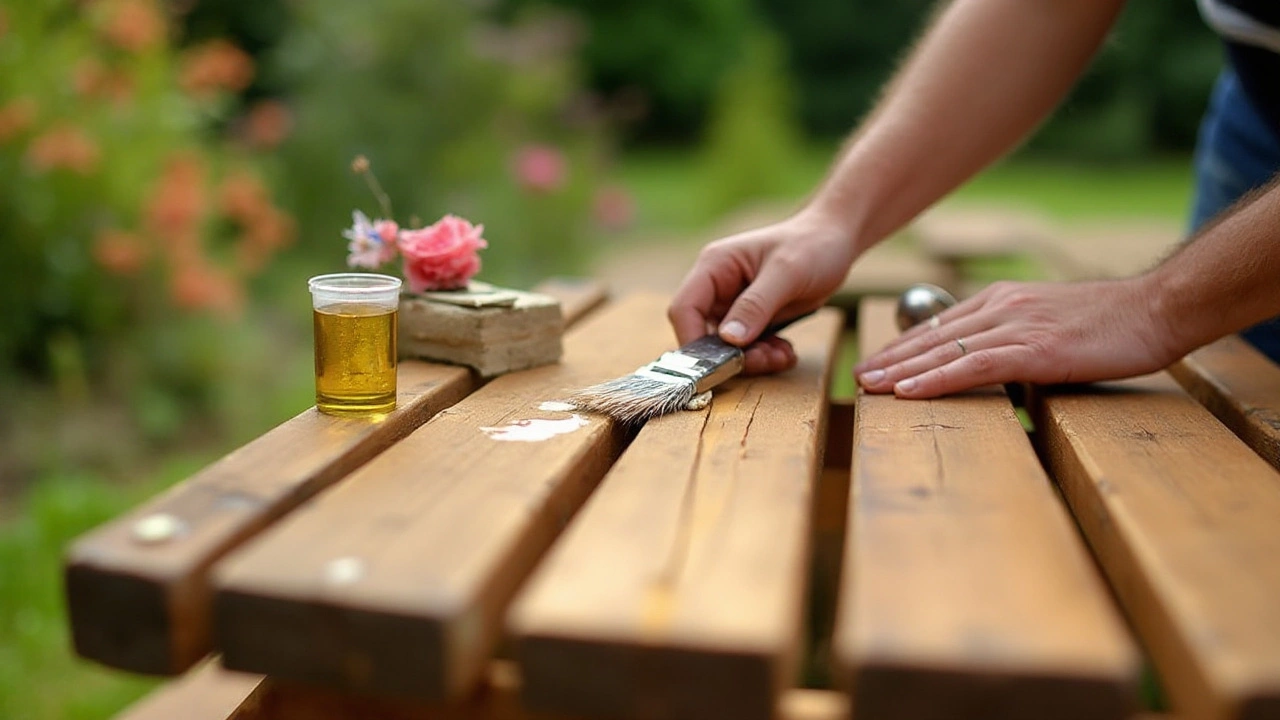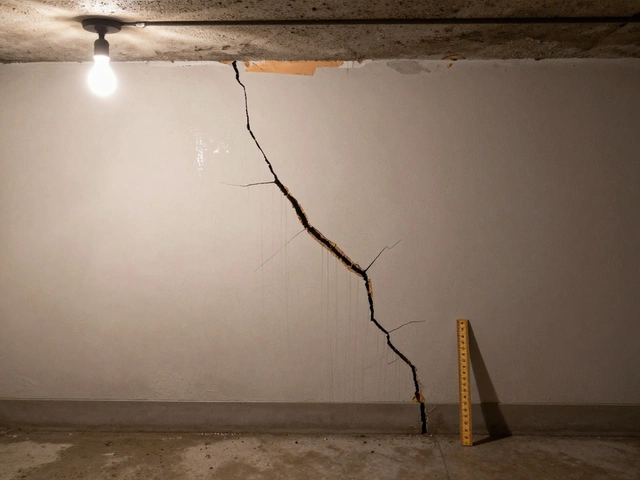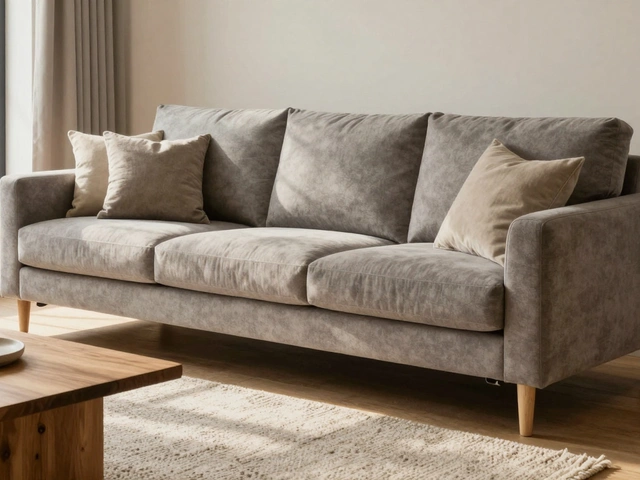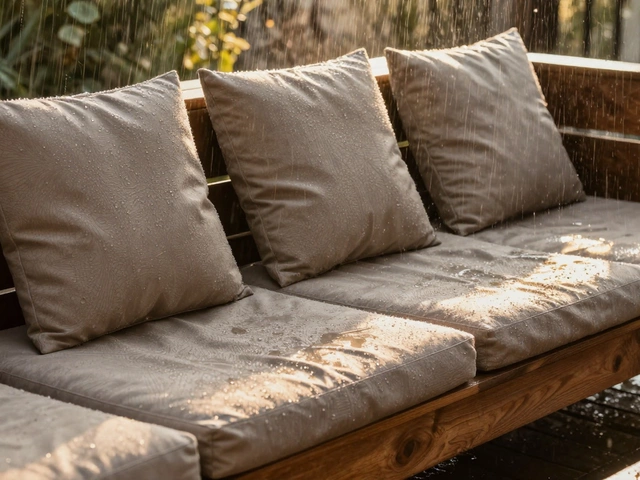Outdoor Furniture Maintenance: Keep Your Garden Pieces Fresh
When working with outdoor furniture maintenance, the routine care that shields patio items from weather, wear, and pests. Also known as garden furniture upkeep, it saves money, boosts curb appeal, and lets you enjoy your outdoor space longer. This page pulls together the most useful advice you’ll need, whether you own a wooden bench, a metal table, or a wicker lounge set.
Outdoor furniture maintenance isn’t just a once‑a‑year chore; it’s a series of simple steps that together make a huge difference. First, cleaning removes dirt and grime that can trap moisture. Next, protective treatments like sealants or oils create a barrier against UV rays and rain. Finally, proper storage or covering safeguards your pieces during harsh seasons. These three pillars encompass cleaning, sealing, and storage, forming the core of effective upkeep.
Key Materials and How to Care for Them
Different materials need different love. teak wood, a dense, oily hardwood popular for outdoor tables and chairs. It thrives on regular oiling to replenish its natural oils and keep the golden hue alive. Skip the oil and teak can turn gray, looking neglected. For metal frames, especially aluminum, lightweight and rust‑resistant metal used in many modern garden sets, a mild detergent wash and a quick wipe‑down prevent surface oxidation. If you spot rust, a light sanding followed by a rust‑inhibiting primer restores protection.
Wicker and synthetic rattan look great but can suffer from splintering when left damp. A gentle brush and a water‑repellent spray keep the fibers tight. Fiberglass chairs are the most low‑maintenance; a simple rinse with a hose is often enough, though occasional soap helps remove pollen.
To lock in protection, protective sealant, a clear coating that blocks moisture and UV damage works wonders on wood and metal alike. Apply it after the surface is completely dry; most sealants need 2–4 hours to cure before the furniture can be used again. Remember, sealant application is a preventive step that directly influences the lifespan of your pieces.
Weatherproofing isn’t only about liquids. Using fitted covers that breathe—like canvas or UV‑filtered polyester—prevents condensation while shielding the surface. Tightly wrapping a piece in plastic can trap humidity, leading to mildew or rust. So the choice of cover matters as much as the cleaning routine.
Regular checks are essential. Inspect joints, screws, and bolts every month; tighten anything that’s loose. A wobbling table leg often signals stripped threads, which you can fix with wood glue or a replacement screw. Catching these issues early avoids bigger repairs later.
Seasonal storage strategies vary. In winter, consider moving heavy items to a garage or shed, or at least elevate them on pallets to keep the legs off snow and standing water. Light pieces can stay outdoors if covered with a waterproof tarp secured to prevent wind lift.
Finally, don’t overlook the accessories that make maintenance easier. A soft‑bristle brush, a bucket of mild dish soap, and a microfiber cloth are all you need for a basic clean. For deeper stains, a mixture of vinegar and water tackles mineral deposits without harming finishes.
By following these practical steps—clean, seal, cover, and inspect—you’ll keep your patio set looking vibrant year after year. Below you’ll find a curated collection of articles that dive deeper into each of these topics, from DIY teak oiling guides to selecting the right outdoor furniture cover. Explore the posts to fine‑tune your routine and enjoy a pristine outdoor space all season long.
Enhance Your Garden Furniture with Proper Oiling Techniques
Oiling garden furniture can be an essential step in maintaining its beauty and durability. It helps protect wood from environmental damage and can revive its natural luster. The choice of oil and application technique can greatly influence the outcome. By understanding the different types and benefits of oils, you can ensure your garden furniture remains attractive and long-lasting. Explore the reasons, methods, and tips for successfully oiling your outdoor pieces.
full article




